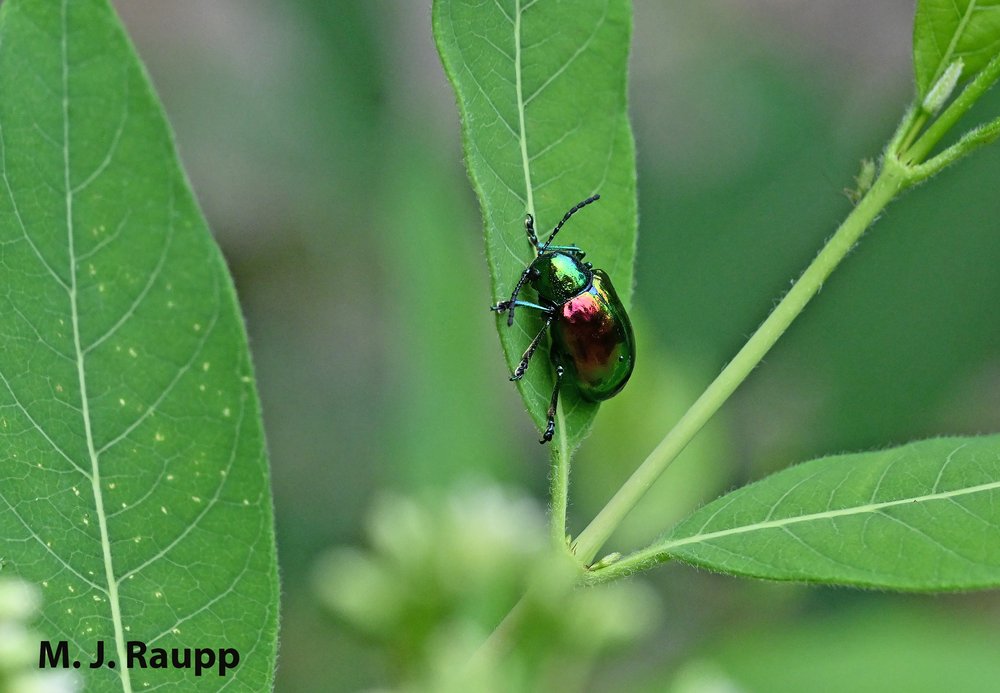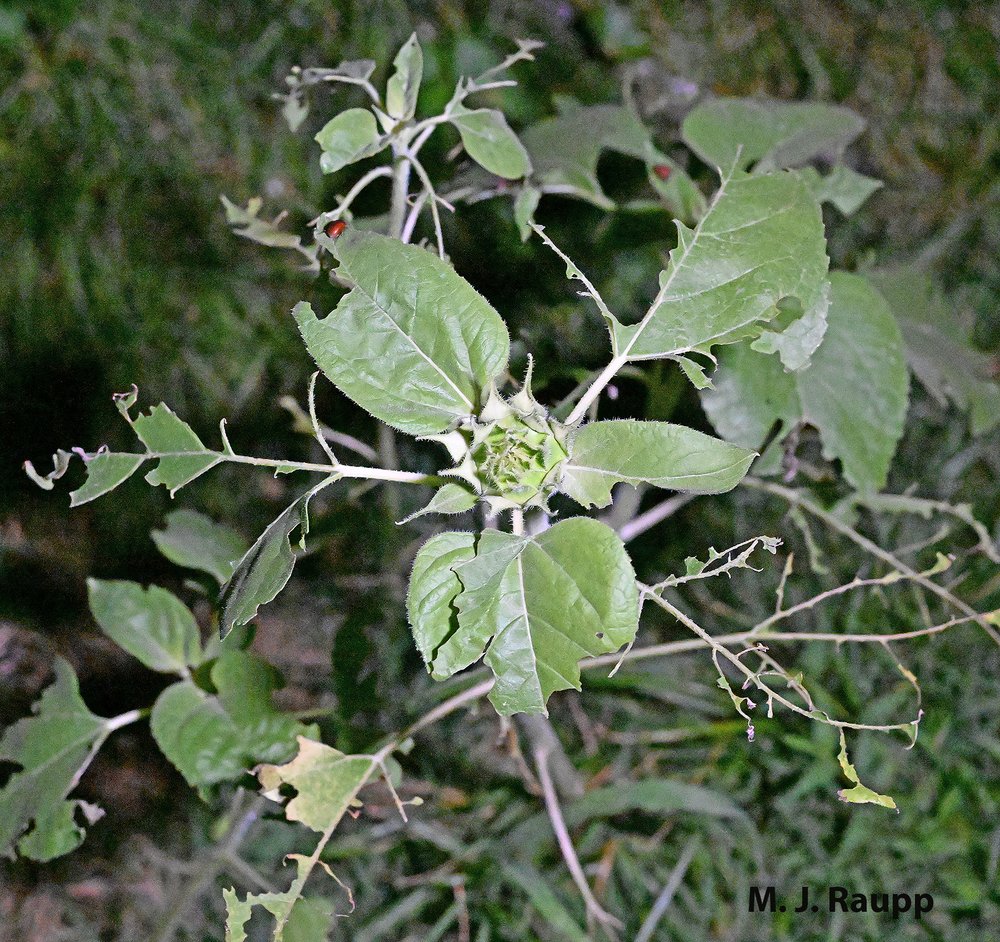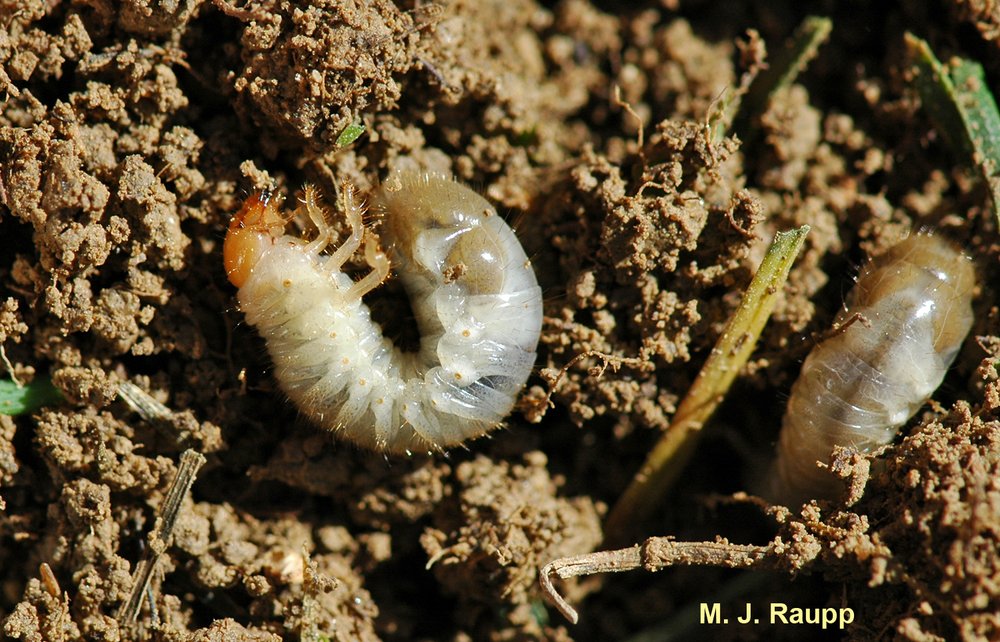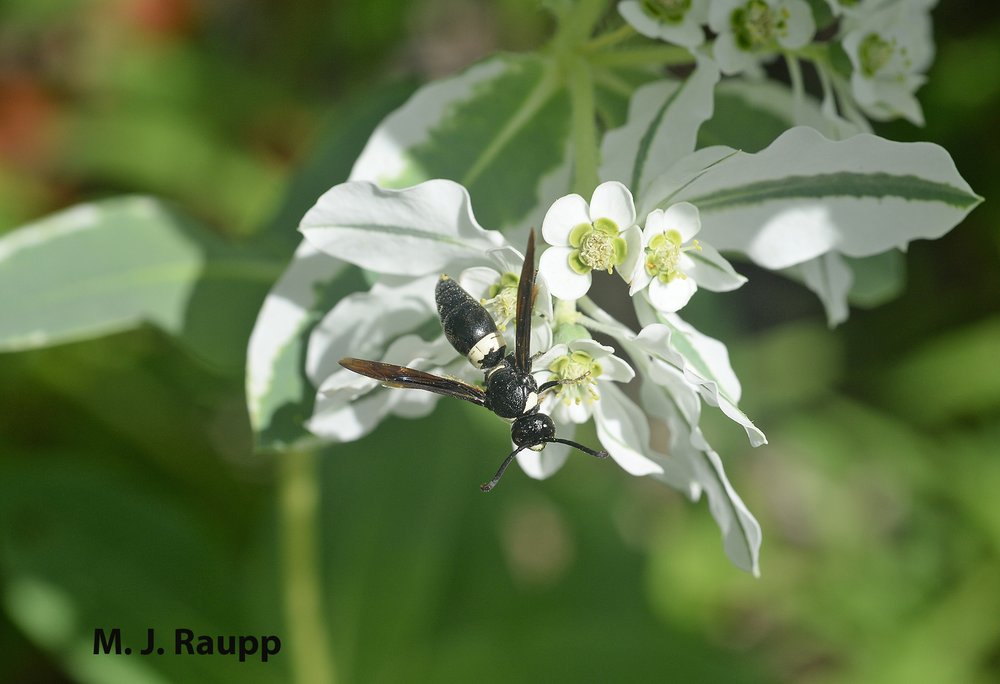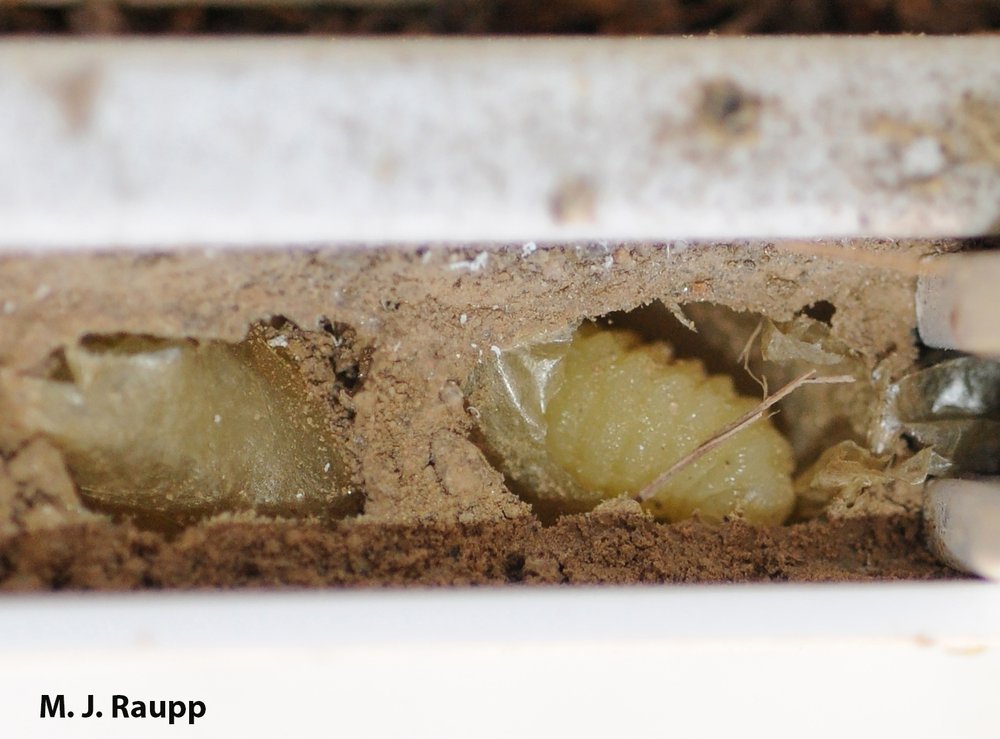Ensuring a Pest-Free Restaurant Kitchen
The restaurant industry is breaking records in 2024. According to the National Restaurant Association, restaurant sales are set to exceed $1 trillion for the first time ever in 2024. Even so, research shows that consumers are approaching spending cautiously, reserving their time for establishments that offer excellent experiences.
To serve up what customers are craving, it’s essential to maintain a clean, pest-free environment. As decades-long industry leaders throughout the region, Catseye Pest Control has provided exceptional restaurant pest management services and support to help restaurants achieve just that.
Introduction to Pest Control in Restaurants
Keeping pests off the menu is absolutely critical. Restaurants offer an inviting environment that, if management isn’t careful, is like a giant “Open” sign for flies, rodents, cockroaches, and other pests. Restaurant kitchens, storage and prep areas, and other parts of the property offer up the three primary elements pests seek out: shelter, food, and water. Additionally, the constant influx of foot traffic, with doors frequently opening and closing, also increases the risk of a critter slipping in.
Pests pose a significant danger because they can contaminate foods and surfaces, hasten food spoilage, and even gnaw on wiring. Keeping pests out of restaurants is crucial to protect customers, employees, brand image, and the bottom line.
Common Challenges in Keeping Kitchens Pest Free
In the bustle of a busy commercial kitchen, any number of issues can fan the flames of pest activity. Some primary challenges restaurant owners face include the following:
- Strict sanitation and storage methods to mitigate risks
- Need for comprehensive employee training to ensure everyone is aware of what to watch out for and what to do to prevent pest activity
- Multiple potential entry points
- High volume of foot traffic, both in the “front of house” and behind-the-scenes
- Possible spread of pest activity from adjoining properties
Common Pests in Restaurant Kitchens
Various pests can infest kitchens; however, some of more common than others. Some of the most prevalent restaurant pests include insects, like flies and cockroaches, and rodents. Let’s look at each in more detail.
Rodents
Rodents are among the most common troublemakers in restaurants and commercial kitchens. Rats and mice seek out warmth and safe shelters, along with food and water — all of which are in plentiful supply in these settings. Rats, including Norway and roof rats, can slip through cracks as small as a quarter, while mice can squeeze into openings as tiny as a dime. Rodents are active at night, cause significant damage, and can carry dozens of diseases that put everyone’s health in jeopardy.
Flies
Flies are particularly problematic in summer, although they can happen anytime. House flies, drain flies, and fruit flies are common restaurant invaders who love the hot, humid conditions of a commercial kitchen. These pests can spread bacteria and other pathogens, including E. coli, salmonella, typhoid fever, and cholera. They lay eggs in moisture-rich spots, including spoiling produce, dumpsters and garbage bins, and standing water.
Cockroaches
The dreaded cockroach has been around since prehistoric times and is one of the most common pests in restaurants. These insects can enter the premises through plumbing lines, supply deliveries, and vent openings, lured by the scent of food. Cockroaches often hide in cabinets, drains, furniture, sinks, pipelines, and beneath appliances. The primary danger comes from the various diseases that cockroaches carry, and their ability to contaminate food and surfaces with disease-causing pathogens. Cockroaches can spread illnesses like plague, salmonella, cholera, and typhoid fever.
Other Restaurant Pests
Stored panty goods, like flour and grains, can be susceptible to various pests, including flour beetles, bean weevils, and Indianmeal moths. Additionally, any number of insects, including mosquitoes, and nuisance wildlife, such as birds, bats, and raccoons, could also pose a risk to healthy restaurant operations.
Importance of a Pest-Free Environment
Pest control can make or break a restaurant’s reputation. According to the data from a recent survey, restaurants could lose 76 percent or more of their customers if they see pests in the restaurant. Additionally, another 56 percent of patrons will alert others to the experience via social media or blog posts and negative reviews. This information illustrates both the immediate and ripple effects infestations can have. It also underscores just how serious maintaining a pest-free environment can be for maintaining a positive reputation.
While reputation is critical, it’s only one factor to consider.
Health and Safety Compliance
Health and safety oversight comes from several agencies, including those on a federal and state level. Restaurant owners are required to protect public health. This includes maintaining a pest-free environment because restaurant pests are a health hazard. They can contaminate food, hasten spoilage, and wreak havoc with structure damage.
Pest control in the restaurant kitchen and the rest of the property is essential to reduce the risk of exposing patrons to foodborne illnesses. It’s also vital to keep employees healthy and safe.
Financial Implications of Pest Infestations
Pest infestations can cost restaurants in several ways. Lost revenue because of infestations costs U.S. businesses billions of dollars annually. The negative impact on the eatery’s reputation can have lasting repercussions. Additionally, infestations can lead to shutdowns and fines from the health department and regulatory authorities.

Implementing an Integrated Pest Management (IPM) Program
Taking a proactive approach to preventing pest infestations and providing effective restaurant pest control is mission-critical for restaurants and commercial kitchens. That’s precisely what an integrated pest management (IPM) approach offers. This strategy focuses primarily on prevention and using pesticides only when and if they’re needed.
Principles of IPM in Restaurants
IPM is a multifaceted strategy that incorporates multiple principles to achieve pest control in restaurant kitchens and the rest of the property. However, no two restaurants have identical risks and needs and IPM must be tailored to each commercial property’s requirements and goals.
Step 1: Assessment – Identifying Pest Hotspots
IPM requires starting with a thorough inspection — inside and out — of the restaurant, including the kitchen, food storage, dining areas, and outdoor spaces. This allows technicians to identify any pests present, which provides the details necessary for targeted elimination protocols. It also can help pinpoint areas pests are or could enter the establishment, build nests, and hide.
Step 2: Prevention – Proactive Measures
After the initial assessment, you’ll have all the information you need to tackle commercial kitchen pest control head on. For instance, Restaurant A might have multiple openings where pests get in, and a dumpster located too close to the building. Restaurant B might require a heavier focus on educating staff and building occupants on IPM and maintaining stricter sanitation in food prep, dining, and storage areas. An IPM approach provides active measures to take to help prevent pests and keep them out of the building.
Step 3: Control – Choosing Appropriate Methods
Control includes pesticide application when needed. However, non-chemical control methods are often the first line of defense, including trapping and removal, heat or cold treatments, and installing barriers once all pests are removed. The idea is to employ the lowest risk options first to achieve effective control that also considers safety and environmental health.
Step 4: Monitoring – Ensuring Continued Effectiveness
Routine monitoring is a vital step in the process. It ensures that the control methods utilized are doing their job. Monitoring also provides early warnings in case of resurgence or new pest activity. The earlier you can catch a potential infestation, the easier you can get control of the situation.
Professional Pest Control Solutions
Restaurant pest management is critical to maintain a healthy environment and thriving business. Professionals have the extensive expertise needed to customize IPM programs for effective commercial kitchen pest control. Relying on the pros takes the pressure off the rest of the staff, leaving them more time to focus on their individual tasks.
When to Call in the Experts
Don’t wait until you see a cockroach skittering across the floor or a mouse scampering through the pantry. Partnering with the right pest control company from the beginning can help keep restaurant operations running smoothly. Also, the experts will take an active role in helping to prevent problems before they have a chance to start.
Selecting a Pest Control Provider
Choosing the right provider is everything. Just like choosing a great supplier and vendor can make a difference, so can the pest control company restaurants partner with. Look for a provider that specializes in an IPM approach for restaurants and other commercial properties. Consider their years of service and reputation in the community, and getting feedback from other customers, when possible, to become familiar with their level of service.
Catseye is an industry leader in providing innovative, customized solutions and has decades of experience in the field. Additionally, offering each customer an exceptional experience with clear communication and customized pest control and prevention plans is at the core of the company’s mission.
Keeping pests out of restaurants is too important to trust just anyone. Contact Catseye today to learn more or to schedule a free inspection to get started.
The post Ensuring a Pest-Free Restaurant Kitchen appeared first on Catseye Pest Control.
This article appeared first on Catseye Pest
